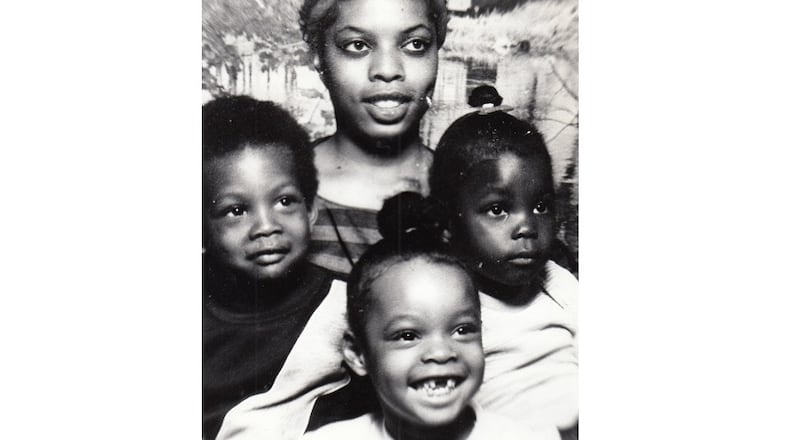The Dayton woman has been waiting for justice ever since that night 33 years ago. And another round of bureaucratic red tape means she’ll continue to wait.
RELATED: Convicted murderer wins right for DNA testing in notorious case
Samuel Moreland was arrested, tried by a three-judge panel, convicted and sentenced to death. But over the past three decades, Moreland has been trying to overturn his conviction. Working in his favor has been a criminal justice system that at times is at standstill — including the past year.
Once the Dayton Daily News began asking questions, Yost, who took office last week, intervened. Yost is working with Montgomery County Prosecutor Mat Heck and Moreland’s defense team to ask for a court order to move the crime scene evidence from DNA Diagnostics to the state crime lab run by Ohio’s Bureau of Criminal Investigation so that the testing can begin immediately.
“It is absolutely unacceptable for these samples to just sit,” Yost said in a statement released Thursday. My team is ready and willing to have BCI test the samples so that we can expedite the process and ensure justice is done.”
RELATED: Still no execution date for Dayton man after 30 years on death row
Here is a recap of recent developments in the case:
In 2012, the Ohio Innocence Project joined Moreland's defense to help apply for post-conviction DNA testing.
In 2013, the first round of tests on a bloody $20 bill found in Moreland's pocket indicated the blood came from one of the murder victims.
In July 2014, Moreland won court approval for a second round of DNA testing on other crime scene items. But then more than two years passed without the items being sent to a crime lab for testing.
Dec. 4, 2017, Montgomery County Common Pleas Court Judge Erik Blaine ordered that the items be shipped to DNA Diagnostics Center in Fairfield for testing.
The testing still hasn’t happened.
Why?
For the past year, the Ohio Attorney General’s Bureau of Identification and Investigation has been waiting to schedule an audit of DNA Diagnostics Center before the lab is cleared to upload test results to the federal database.
“We have remained in contact and are actively working to coordinate schedules,” Ohio AG spokesman Dominic Binkley said when asked why the audit has been delayed for more than a year.
The Moreland case remains one of the most gruesome and notorious mass murders in Dayton history.
Slain were Tia Talbott’s mother, Glenna Green, 46; her sister, Lana Green, 23; her sons Datrin Talbott, 7, and Datwan Talbott, 6; and her niece Voilana Green, 6.
Three other children were beaten and/or shot and left for dead: Tia’s daughter Glenna, 2, son Dayron, 11, and niece Tia Green, 5. Her son, Danyuel Talbott, 4, was physically unharmed.
Talbott said she never imagined that 33 years later she’d still be waiting for justice.
“I’m devastated. My children and I are devastated because we feel like justice is not being done. We’re living in misery and Moreland is sitting up there eating three meals a day,” Talbot said this week. “We are hurting inside and it’s not fair.”
She added: “My family is important. Those are five important people, five important human beings, innocent human beings, that were murdered. I’m appalled that it’s taken this long. A mass murder should take priority.”
Talbott’s message to Yost: “Sir, please get it done. We’re praying. Please do it for my mother, for my sister Lana, for my niece Voilana, for my sons Datrin and Datwan. They’re the ones Moreland murdered. And he killed something inside of me. Please, Mr. Attorney General, get it done.”
About the Author





